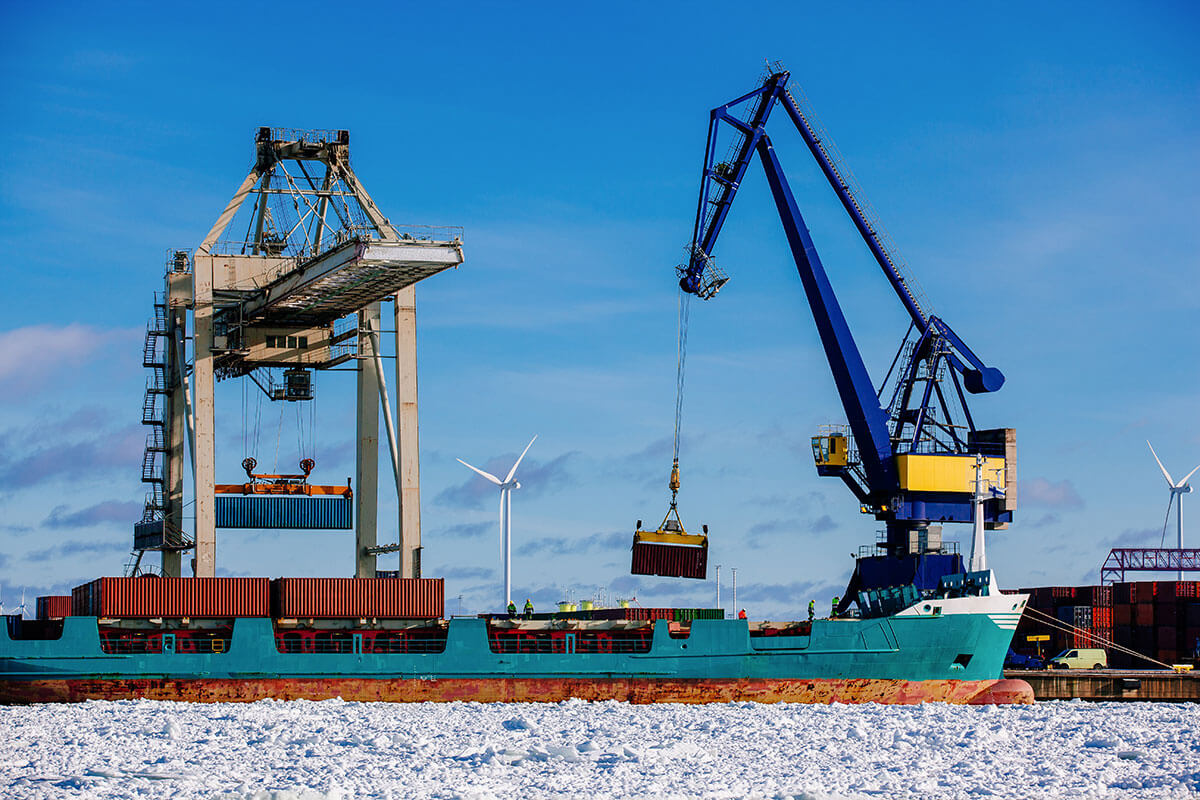
When it comes to international trade, clarity is key—especially when determining who’s responsible for the costs, risks, and logistics of shipping goods. That’s where Incoterms come in. Short for International Commercial Terms, Incoterms are standardized rules used in global trade contracts to define the responsibilities of buyers and sellers.
In this guide, SV International Logistics breaks down the essentials of Incoterms so you can trade globally with confidence.
Published by the International Chamber of Commerce (ICC), Incoterms are a set of 11 rules that clarify who handles what in the shipping process—covering everything from transportation costs to insurance and customs clearance.
They help avoid confusion, reduce legal risks, and streamline communication between international buyers and sellers.
Using the right Incoterm in your shipping contract can:
Prevent disputes
Clarify logistics roles
Save money
Improve planning and execution
At SV International Logistics, we ensure our clients understand and use the correct Incoterm for every shipment.
Here’s a simplified overview of the most commonly used Incoterms, grouped by mode of transport:
FAS (Free Alongside Ship)
Seller delivers the goods next to the vessel at the port. Buyer handles loading, shipping, and costs afterward.
FOB (Free On Board)
Seller loads goods onto the vessel. Buyer assumes risk and costs once cargo is on board.
CFR (Cost and Freight)
Seller pays for transport to destination port. Risk transfers to buyer once goods are on the ship.
CIF (Cost, Insurance & Freight)
Same as CFR, but seller also arranges insurance during transit.
EXW (Ex Works)
Seller makes goods available at their premises. Buyer takes on all transport and risk from that point.
FCA (Free Carrier)
Seller delivers goods to a named place (e.g., a terminal). Buyer assumes risk from there.
CPT (Carriage Paid To)
Seller pays for delivery to a destination. Buyer takes risk after goods are handed over to the carrier.
CIP (Carriage and Insurance Paid To)
Similar to CPT, but seller also pays for insurance.
DAP (Delivered at Place)
Seller transports goods to a named destination. Buyer handles unloading and import duties.
DPU (Delivered at Place Unloaded)
Seller delivers and unloads goods at the named destination. Buyer takes it from there.
DDP (Delivered Duty Paid)
Seller handles everything—transport, unloading, and all duties/taxes. Buyer simply receives the goods.
Mode of Transport – Some terms (like FOB or CIF) are only for sea freight.
Risk Tolerance – Are you willing to take on responsibility early in the shipping process?
Experience Level – New importers often prefer DDP or DAP for simplicity.
Control Preferences – Some exporters prefer EXW or FCA to limit their logistics involvement.
At SV International Logistics, we help you select the best Incoterm based on your cargo, destination, and business goals.



India’s Trusted Brand in Global Logistics. With a commitment to excellence and a passion for service, we ensure your shipment moves seamlessly—on time, every time.
Get best rate for your logistics shipping
Transparent Pricing. Instant Delivery Quotes. 24/7 Customer Support at Your Service
svinternational1984@gmail.com | support@svinternationallogistics.com
+91 7408 418 331 | 8090 099 999
Shop No.02, Saluja Complex, Neelam Chowk, Faridabad-121001
WhatsApp us